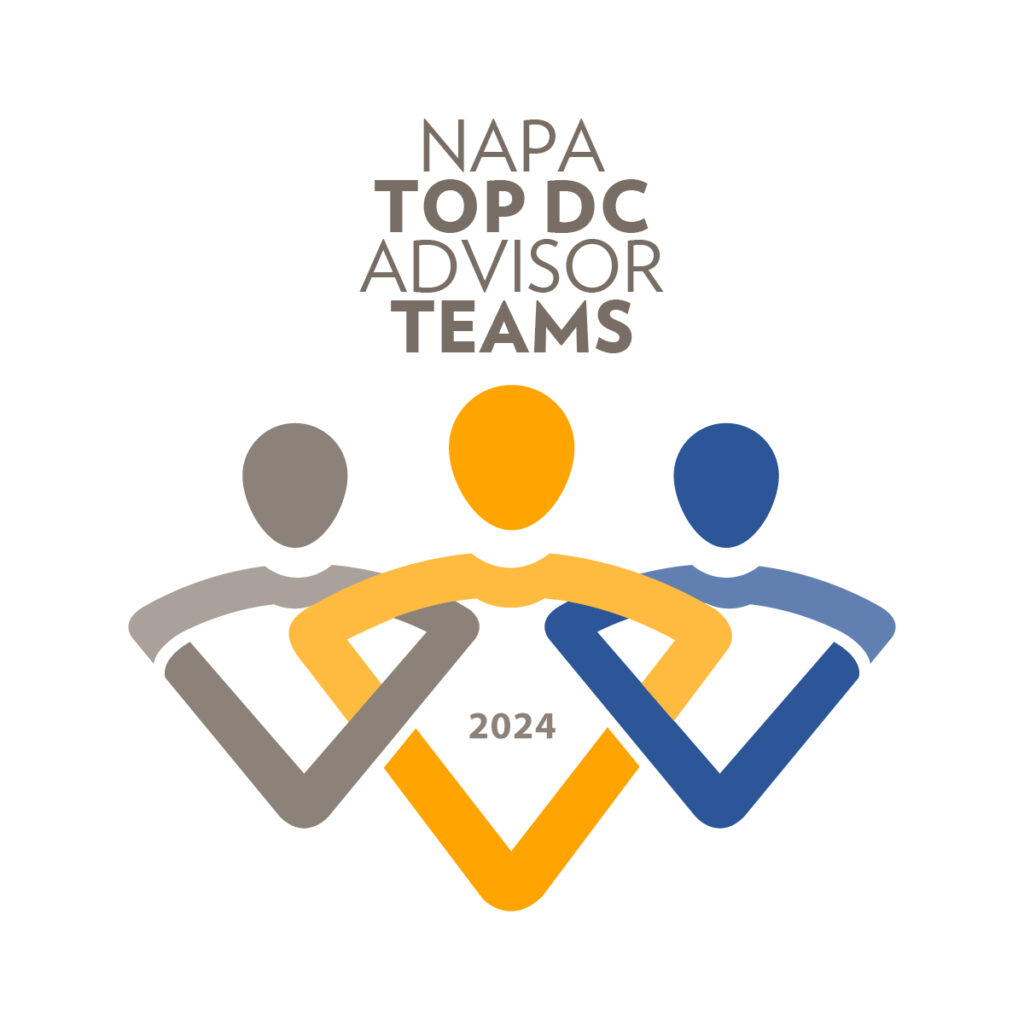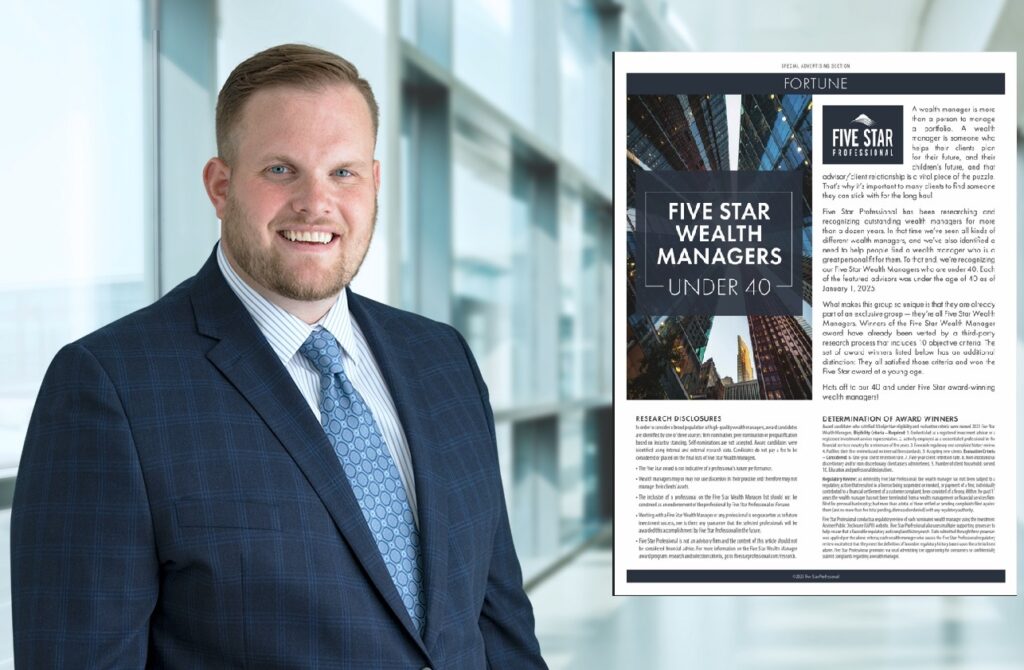Morgan Planning Group, LLC Named to the Nation’s Top DC Advisor Teams by NAPA for 2024

Morgan Planning Group, LLC is proud to announce that it has been named to the National Association of Plan Advisors’ (NAPA) prestigious list of the nation’s top defined contribution (DC) Advisor Teams for 2024. This recognition highlights the firm’s dedication to excellence in the retirement plan industry and its commitment to providing top-notch advisory services.
Scott Morgan and Mark Booth, the key advisors on the team at Morgan Planning Group, have been instrumental in achieving this honor. Demonstrating their dedication to staying abreast of industry developments, Scott and Mark also attended the NAPA national conference in Nashville in April. Their participation ensured they are staying up to date with the latest in 401k plan design, plan compliance, and industry trends, further enhancing their ability to serve their clients effectively.
Morgan Planning Group’s inclusion in this list underscores the firm’s significant role in managing defined contribution plans with assets under advisement amounting to over the $100 million threshold for this listing. Unlike other lists, the NAPA Top DC Advisor Teams list focuses on individual firms or teams within a single physical location, emphasizing their specific contributions to the DC practice.
“Since their inception, NAPA’s various industry lists represent the best of what the retirement plan industry has to offer, setting the bar higher for financial professionals and plan advisors specifically,” said John Sullivan, Chief Content Officer of the American Retirement Association, and Editor-in-Chief of NAPA-Net, the nation’s leading online resource for retirement plan advisors. “The NAPA Top DC Advisor Teams are ranked by self-reported DC assets under advisement and highlight the positive impact they’re making on the nation’s private retirement system.”
This year’s list features a record number of teams (452) overseeing nearly $2 trillion in defined contribution plan assets belonging to more than 47,000 plans and covering nearly 21 million participants. The teams represented 43 states and the District of Columbia.
“As the nation’s voice for retirement plan advisors, we are once again pleased to highlight the contributions and commitment of these teams,” Sullivan added.
The list of NAPA’s Top DC Advisor Teams will be published in the Spring issue of NAPA Net, the Magazine, and is available online at NAPA Top DC Advisor Teams 2024.
About Morgan Planning Group, LLC
Morgan Planning Group, LLC is a leading advisory firm specializing in defined contribution plans, dedicated to helping clients achieve their retirement goals through strategic planning and expert advice. From bolstering long-term financial security to providing tax advantages and other incentives, retirement plans can be a key differentiator for your business or practice group. Morgan Planning Group can help you craft a plan that reflects your size, business philosophy, the nature of your organization, and your investable resources. Count on us also for superior guidance and assistance, so that it’s easy for plan sponsors and your participants to navigate your plans, policies, procedures, and tools.
Selected based solely on defined contribution (DC) plan assets under advisement as reported directly by nominees.





